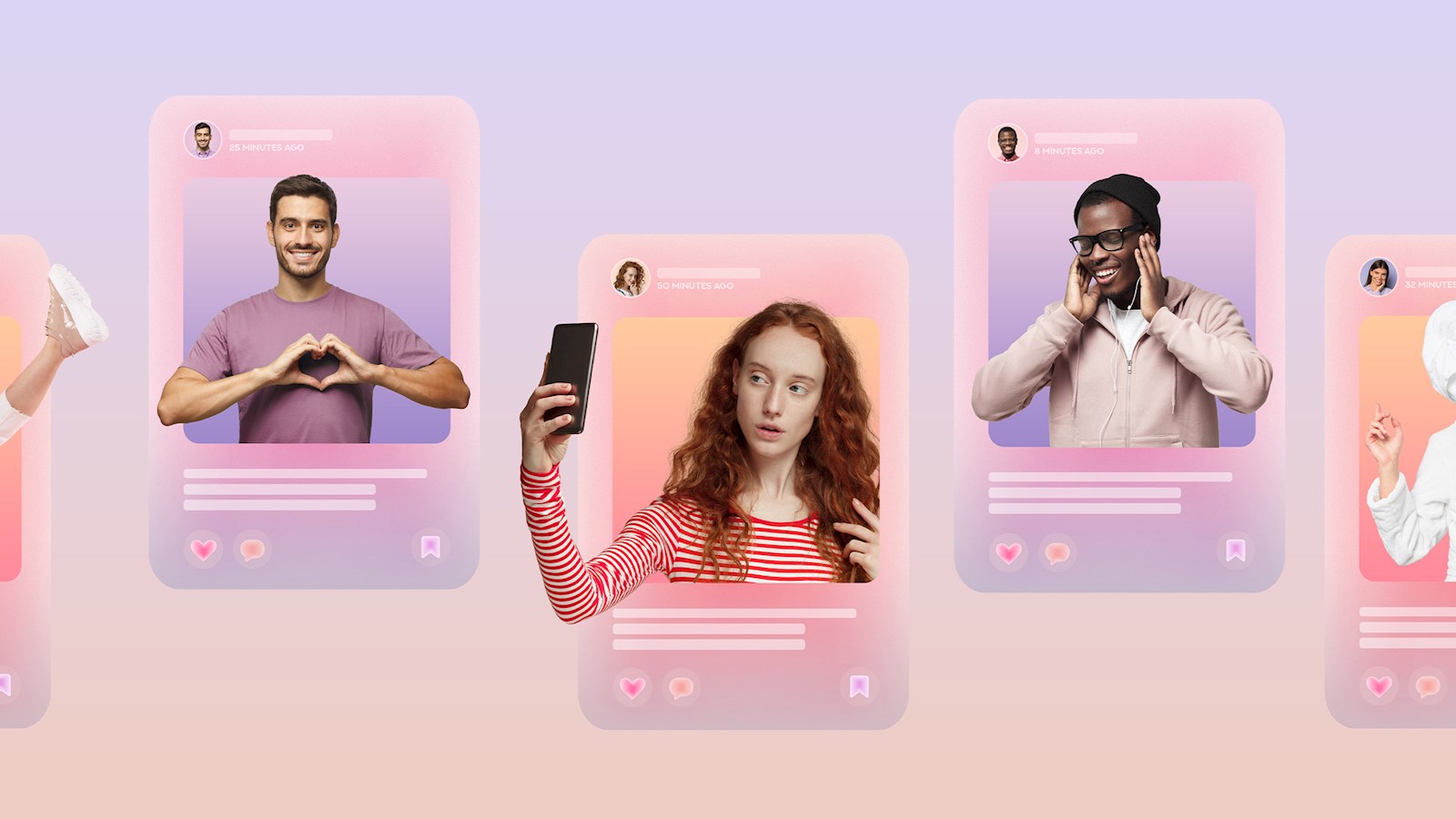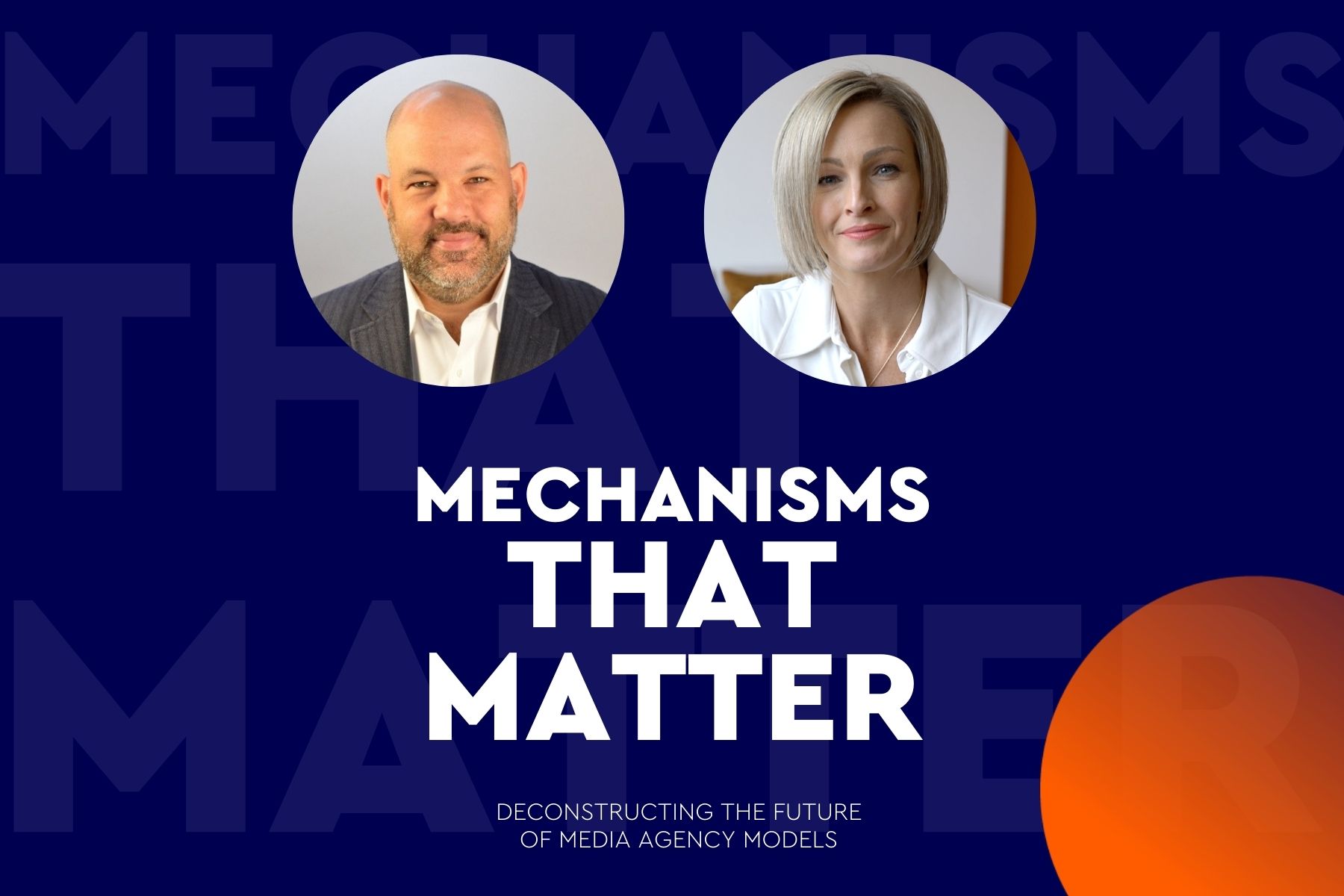
Content studios are back and driving ROI
There's a direct link between content and ROI. That’s what’s driving the emergence of the latest iteration of content studios, says Jai Kotecha CEO of Ogilvy Netherlands and EMEA capability lead of WPP Open X
With creativity back at the centre of marketing (and audiences demanding authenticity), engaging content – rather than pure advertising – is the best way of reaching the most sought-after audiences.
Now we are seeing in brands’ investor reports that social-first thinking – accompanied by the right content – is allowing brands to do more. This is what is driving an uptick in savvy brands’ audience numbers and, what is more, it is having a positive impact on their financial results. For perhaps the first time, there are clear and reported direct correlations between content and ROI – we are seeing how well content performs in brands’ financials.
And the opportunities for brands are vast. Look at the impact the Barbie movie has had on culture and all the opportunities afforded to brands as it has rippled through communities. Brands harnessed the power of Barbie because they wanted to be culturally relevant; not because they wanted to create content.
Where did it all start?
After Oreo dunked in the dark at the Superbowl in 2013, the world of branded content exploded. It was as if brands finally woke up to the potential of social media in reaching new audiences – audiences who were already cutting ties with terrestrial TV. This spawned a vast range of v1.0 content agencies, all vying for people’s attention in the exploding social media landscape. Brands were looking to tap into culture, with the best ones helping to shape it too.
Of course, social networks responded by re-writing their algorithms and limiting the reach branded content could achieve. Content studios (v2.0) then shifted how they operate – no longer focusing solely on creating flash-in-the-pan moments but taking traditional advertising assets and ideas then translating them into social assets to support a narrative.
The sheer number of social networks and different format types led to a bloat in asset creation. The upshot? Budgets ballooned and many brands took content production in house (let’s call this v2.5). Brands were now able to optimise the look and feel of their branded assets, but the ability to create truly social-first ideas started to falter, and branded content started to lose its authenticity.
At around the same time, social media influencers and content creators exploded. These new, sometimes raw, but always authentic voices were able to cut through organic social algorithms because of their highly engaged audiences. Their new mix of personal voice and low-fi content was a breath a fresh air in the stale marketing mix.
Influencers tested products, had opinions, and were highly engaging in the process. This new type of content wasn’t advertising; it was entertainment. The best influencer content could compete with network TV shows and films.
When agencies worked with influencers, they learned it was now about creating consistent campaign ideas that could be brought to life through many different voices. Intent and brand values matter more than visual look and feel.
Today’s influencers have come a long way. Some of them are stars; they are brands in their own right. TikTok has changed things up further: no longer is it about massive followings or budgets. Suddenly it’s about pure creativity and imagination, and dare we say it, fun and joy.
This is where we are now
It is the joy of content that has put it back on clients’ radars – including real-time content. And the way we are sharing content has changed too, especially since what works relates to the here and now.
We're fighting for attention. That’s why we must be hyper relevant to the moment. Sporting events have worked well – football, soccer, cricket have all grabbed audiences by being in the moment with them and reacting in real time. Be it through sports, eSports, cultural moments, entertainment, learning – the opportunities for brands to harness the right content is huge.
And influencers as a source of content have evolved too. Today influencers are savvy in how they work with brands, and they are smart in how they monetise what they do. Brands no longer need to try to create all the content they need to tell their story. They can work with phenomenal content-creators – influencers – who already have massive audiences (or perhaps small but the right audiences) and do so with authenticity. But influencers must be allowed to play rather than be caged.
At WPP, creativity comes together with data and AI to deliver the right content and to be strategic, efficient and economical when doing so. First, we use content to build brands – no doubt about it; but second, we use content to take audiences to buying opportunities – that is where content’s impact on ROI really kicks in.
But let’s be clear, today we do not countenance more content for the sake of it. Today it is about using the cultural relevance of the right content to achieve a return on investment. That means improved user numbers, improved audience numbers, increased revenue, higher profits and happy investors.
published on
11 September 2023
Category
More in Communications

Rebranding cancer: how brands heal and hurt
Along with consumer brands, the ‘brand’ of condition or event influences us.

Mechanisms that Matter – Inside WPP | Ford’s revolutionary marketing model
How a process created on the factory floor over 70 years ago has transformed ops for the auto giant

How to build your brand in-game
A new research report from WPP and SuperAwesome

